Renault Captur vs Mitsubishi ASX – Differences & prices compared
Compare performance, boot space, consumption and price in one view.
Find out now: which car is the better choice for you – Renault Captur or Mitsubishi ASX?
The Renault Captur (SUV) comes with a Petrol MHEV, Petrol or Full Hybrid engine and Manuel or Automatic transmission. In comparison, the Mitsubishi ASX (SUV) features a Petrol, Petrol MHEV or Full Hybrid engine with Manuel or Automatic transmission.
When it comes to boot capacity, the Renault Captur offers 422 L, while the Mitsubishi ASX provides 484 L – depending on how much space you need. If you’re looking for more power, decide whether the 158 HP of the Renault Captur or the 158 HP of the Mitsubishi ASX suits your needs better.
In terms of consumption, the values are 4.50 L per 100 km for the Renault Captur, and 4.40 L for the Mitsubishi ASX.
Price-wise, the Renault Captur starts at 20100 £, while the Mitsubishi ASX is available from 20600 £. Compare all the details and find out which model fits your lifestyle best!
In this exciting comparison between the Mitsubishi Outlander and the Renault Koleos, both models showcase their strengths in versatility and design. The Outlander impresses with its robust performance and spacious interior, making it an ideal choice for families and adventure seekers alike. Meanwhile, the Koleos stands out with its stylish aesthetics and advanced safety features, appealing to those who prioritize comfort and technology in their driving experience.
Renault Captur
The Renault Captur is a compact SUV that combines stylish design with practical functionality, making it a popular choice for urban drivers. Its interior offers a versatile and comfortable space, featuring high-quality materials and modern technology. On the road, the Captur delivers a smooth and efficient driving experience, perfect for both city commutes and weekend adventures.
details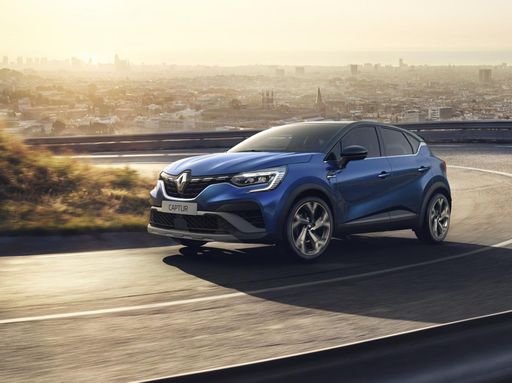 @ renault-presse.de
@ renault-presse.de
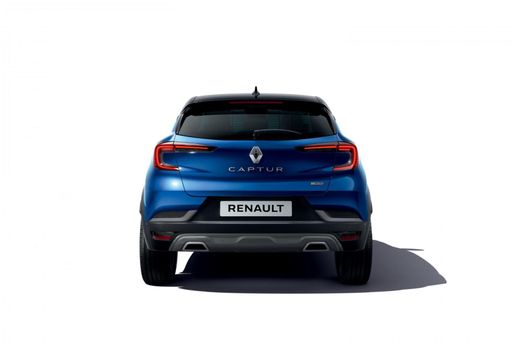 @ renault-presse.de
@ renault-presse.de
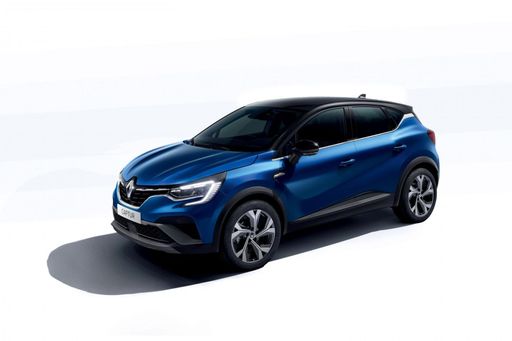 @ renault-presse.de
@ renault-presse.de
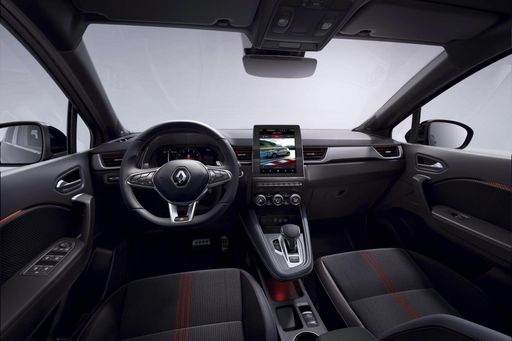 @ renault-presse.de
@ renault-presse.de
Mitsubishi ASX
The Mitsubishi ASX presents itself as a compact crossover that combines practicality with style. Its sleek design and versatile interior make it an appealing choice for both urban and rural settings. With a focus on providing a comfortable driving experience, the ASX also offers a range of modern features that enhance connectivity and safety.
details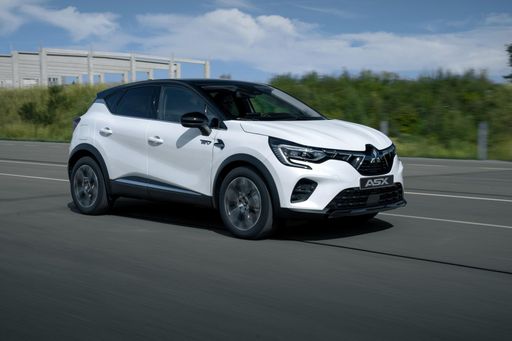 @ Mitsubishi
@ Mitsubishi
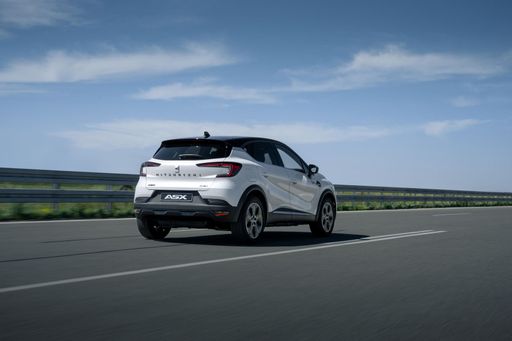 @ Mitsubishi
@ Mitsubishi
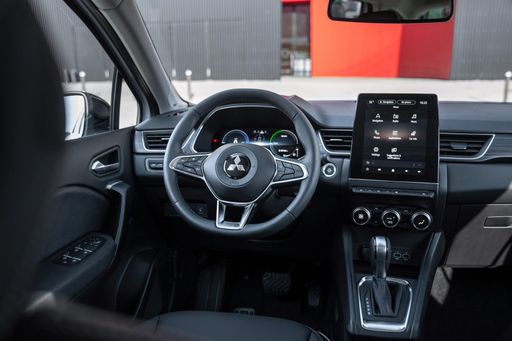 @ Mitsubishi
@ Mitsubishi
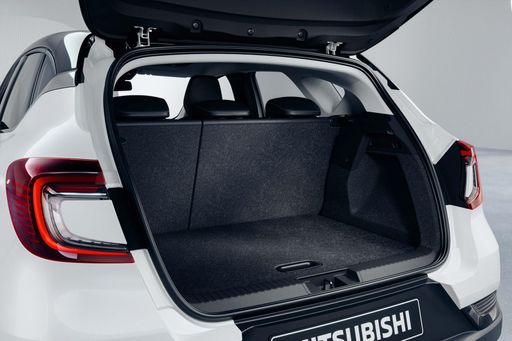 @ Mitsubishi
@ Mitsubishi
Mitsubishi vs. Renault: A Comprehensive SUV Comparison
When it comes to the competitive world of SUVs, both Mitsubishi and Renault are powerful players that provide unique features and innovative technologies. In this article, we delve into a head-to-head comparison of their latest models, focusing on technical aspects, innovations, and on-road performance.
Engine Performance and Efficiency
The 2024 models from both Mitsubishi and Renault reflect a dedication to performance with diverse engine options. Mitsubishi offers various choices, including petrol and petrol Mild Hybrid engines, with outputs ranging from 91 HP to 158 HP. In contrast, Renault showcases its versatility with full hybrid systems and LPG options alongside traditional petrol engines, providing a range of horsepower output from 91 HP to 158 HP as well.
Fuel efficiency is a cornerstone of modern vehicle design. Mitsubishi's range sees consumption figures as low as 4.7 L/100km, while Renault matches this with its most economical options coming in at similar levels. This indicates a commitment to sustainability while maintaining performance.
Transmission and Drive Type
Both manufacturers employ a Front-Wheel Drive configuration, facilitating control and stability on a variety of terrains. Mitsubishi offers several transmission options, including a manual gearbox and a dual-clutch automatic, complementing its sportier variants. Similarly, Renault provides a well-rounded lineup with automatic and manual gearbox choices, enhancing driver engagement and comfort.
Acceleration and Speed
The Mitsubishi models display impressive acceleration, with times ranging from 8.5 seconds to 14 seconds for 0-100 km/h, depending on the engine variant. On the other hand, Renault’s acceleration times are slightly more varied, with the top performers reaching 0-100 km/h in as little as 8.5 seconds, cementing Renault’s reputation for sporty dynamics.
In terms of top speed, Mitsubishi peaks at 180 km/h, while Renault offers a similar range, with some models reaching up to 173 km/h. Both manufacturers balance speed with practicality, ensuring that drivers can enjoy spirited performance while maintaining safety and fuel efficiency.
Dimensions and Comfort
Dimensions play a crucial role in the perception of space and comfort. Both Mitsubishi and Renault boast similar dimensions; both models feature a length of 4239 mm, width of 1797 mm, and height of 1575 mm. The interior space is optimized for comfort with arrangements for five passengers in both brands.
When it comes to trunk capacity, Mitsubishi takes the lead with 484 liters, while Renault offers a commendable 422 liters, making both options suitable for families and individuals alike. The balance of passenger comfort and cargo space makes these SUVs excellent choices for dynamic lifestyles.
Innovative Features
The automotive market is increasingly driven by innovation. Mitsubishi has integrated new technologies into its vehicles, focusing on driver assistance systems, enhanced infotainment, and connectivity features. These advancements improve safety and convenience on the road.
Renault has also embraced cutting-edge technology, particularly in its hybrid models. With features like energy regeneration systems and advanced navigation software, Renault ensures that its vehicles are future-proof and environmentally conscious. With both brands prioritizing innovation, consumers can expect a host of modern amenities and safety technologies.
Conclusion: Making the Choice
The choice between Mitsubishi and Renault ultimately comes down to personal preference and specific driving needs. Each brand offers robust SUV options that excel in performance, efficiency, and innovation. Whether it’s Mitsubishi's solid reputation for reliability or Renault’s flair for modern engineering, both models present a compelling case for prospective SUV buyers in 2024.

|

|
|
|
|
Costs and Consumption |
|
|---|---|
|
Price
20100 - 28300 £
|
Price
20600 - 32500 £
|
|
Consumption L/100km
4.5 - 6 L
|
Consumption L/100km
4.4 - 6 L
|
|
Consumption kWh/100km
-
|
Consumption kWh/100km
-
|
|
Electric Range
-
|
Electric Range
-
|
|
Battery Capacity
-
|
Battery Capacity
-
|
|
co2
102 - 135 g/km
|
co2
99 - 135 g/km
|
|
Fuel tank capacity
48 L
|
Fuel tank capacity
48 L
|
Dimensions and Body |
|
|---|---|
|
Body Type
SUV
|
Body Type
SUV
|
|
Seats
5
|
Seats
5
|
|
Doors
5
|
Doors
5
|
|
Curb weight
1293 - 1514 kg
|
Curb weight
1296 - 1493 kg
|
|
Trunk capacity
326 - 422 L
|
Trunk capacity
348 - 484 L
|
|
Length
4239 mm
|
Length
4239 mm
|
|
Width
1797 mm
|
Width
1797 mm
|
|
Height
1575 mm
|
Height
1575 mm
|
|
Payload
376 - 457 kg
|
Payload
397 - 449 kg
|
Engine and Performance |
|
|---|---|
|
Engine Type
Petrol MHEV, Petrol, Full Hybrid
|
Engine Type
Petrol, Petrol MHEV, Full Hybrid
|
|
Transmission
Manuel, Automatic
|
Transmission
Manuel, Automatic
|
|
Transmission Detail
Manual Gearbox, Dual-Clutch Automatic, Automatic Gearbox
|
Transmission Detail
Manual Gearbox, Dual-Clutch Automatic, Automatic Gearbox
|
|
Drive Type
Front-Wheel Drive
|
Drive Type
Front-Wheel Drive
|
|
Power HP
91 - 158 HP
|
Power HP
91 - 158 HP
|
|
Acceleration 0-100km/h
8.5 - 14.3 s
|
Acceleration 0-100km/h
8.5 - 14 s
|
|
Max Speed
168 - 180 km/h
|
Max Speed
168 - 180 km/h
|
|
Torque
160 - 270 Nm
|
Torque
160 - 270 Nm
|
|
Number of Cylinders
3 - 4
|
Number of Cylinders
3 - 4
|
|
Power kW
67 - 116 kW
|
Power kW
67 - 116 kW
|
|
Engine capacity
999 - 1789 cm3
|
Engine capacity
999 - 1789 cm3
|
General |
|
|---|---|
|
Model Year
2024 - 2025
|
Model Year
2024 - 2025
|
|
CO2 Efficiency Class
D, C
|
CO2 Efficiency Class
D, C
|
|
Brand
Renault
|
Brand
Mitsubishi
|
Renault Captur
The Renault Captur: A Modern Fusion of Style and Efficiency
The Renault Captur has carved a unique niche for itself in the compact SUV segment, combining eye-catching design with advanced technology. As we delve into its technical specifications and innovative features, it's clear why this model continues to captivate automotive enthusiasts and everyday drivers alike.
Under the Bonnet: Power and Performance
The Renault Captur offers a diverse range of powertrains, catering to different driving preferences and needs. Whether you opt for a full hybrid or a mild-hybrid petrol engine, the Captur provides an impressive blend of power and efficiency. The power output ranges from 91 to 158 PS, ensuring a versatile drive whether you're navigating urban streets or hitting the open road.
With a fuel consumption range of 4.7 to 7.8 L/100km, Renault has engineered the Captur with an environmental focus, presenting one of the more economical offerings in its class. The CO2 emissions range from 106 to 139 g/km, adhering to modern demands for reduced environmental impact without compromising on performance.
Technological Innovation: E-Tech Hybrid System
An exciting feature of the Captur is its E-Tech hybrid system, a testament to Renault's commitment to innovation. This system intelligently combines a petrol engine with an electric motor to optimise energy usage, offering both power and efficiency seamlessly. This technology is particularly beneficial in urban settings where frequent stopping and starting can traditionally increase fuel consumption and emissions.
Driving Dynamics and Comfort
The Renault Captur is built with front-wheel drive and offers both manual and automatic transmission options, including cutting-edge dual-clutch systems for smooth gear changes. Offering a maximum torque of 160 to 270 Nm ensures a responsive drive across various terrains. Coupled with its agile handling and a maximum speed range of 168 to 180 km/h, the Captur is as adept on a motorway as it is in city environments.
Comfort has not been overlooked; with five seats and spacious dimensions of 4239 mm in length, 1797 mm in width, and 1575 mm in height, the Captur provides ample space for passengers and luggage alike. The boot space ranges from 326 to 422 litres, accommodating anything from daily grocery shopping to holiday luggage with ease.
Manufacturing Excellence: Safety and Quality Features
Safety and quality are core components of the Captur's design. It features advanced safety technologies and driver-assistance systems, ensuring peace of mind on every journey. The model's CO2 efficiency classes range between C and D, aligning with current environmental standards while still prioritising driver and passenger safety.
Conclusion: A Compelling Choice in Its Class
With a price range between €22,950 to €32,750, the Renault Captur represents a compelling balance of affordability and feature-rich ownership. For those seeking a vehicle that harmonises cutting-edge technology, ecological mindfulness, and dynamic driving experiences, the Captur stands out as a particularly attractive choice in the competitive SUV market.
In summary, the Renault Captur's combination of modern styling, advanced hybrid technology, and practical features places it firmly as a leading contender for anyone considering a contemporary SUV purchase.
Mitsubishi ASX
The Mitsubishi ASX: A Modern SUV with Advanced Features
The Mitsubishi ASX continues to be a popular choice for SUV enthusiasts, combining sleek design, impressive efficiency, and innovative technology. The 2024 model year introduces an array of improvements, making it a worthy contender in its category. In this article, we will delve into the technical details and innovative aspects of the Mitsubishi ASX, presenting why it stands out in the SUV segment.
Sophisticated Powertrains and Efficiency
Under the bonnet, the Mitsubishi ASX offers a variety of powertrain options, catering to different driving preferences. Customers can choose from petrol engines, mild-hybrid systems, and full-hybrid configurations, balancing power and efficiency effectively.
The performance spectrum ranges from 91 PS to 158 PS, demonstrating the vehicle's versatility. With a fuel consumption of between 4.7 and 6 L/100km, the ASX effectively manages fuel efficiency without compromising on performance. The car's CO2 emissions range from 107 to 135 g/km, placing it within CO2 efficiency classes C and D.
Advanced Transmission Options
The ASX offers a mixture of manual and automatic transmissions to meet diverse driving needs. Its gearbox specifications include a standard manual option and automatic options such as dual-clutch transmissions, providing a seamless driving experience. Depending on the variant, the vehicle can accelerate from 0 to 100 km/h in as little as 8.5 seconds, reaching maximum speeds between 168 and 180 km/h.
Modern Design and Spacious Interior
Externally, the ASX reflects contemporary design aesthetics, with dimensions of 4239 mm in length, 1797 mm in width, and 1575 mm in height. Internally, it accommodates up to five passengers comfortably and offers a respectable boot capacity ranging from 348 to 484 litres. Despite its spaciousness, the SUV maintains an optimal weight between 1296 and 1501 kg, which aids in delivering its intended driving dynamics.
Safety and Technology Innovations
Mitsubishi prioritises safety and technology in the ASX. It is equipped with the latest driver-assistance systems, enhancing safety and convenience. The modern infotainment system integrates smoothly with smartphones, ensuring that connectivity is at the driver's fingertips. Moreover, various trimming levels such as "Intro Edition DCT" and "Top Automatik" allow customers to select features best suited to their lifestyle, from basic utilities to luxury enhancements.
Conclusion: A Balanced SUV Choice
The Mitsubishi ASX stands out as a well-rounded SUV choice for those who prioritise efficiency, reliability, and modern technology. Its array of powertrains, stylish design, and advanced safety features make it an attractive option within its price range of €23,990 to €37,390. The ASX's 2024 model reaffirms Mitsubishi’s commitment to offering innovative yet practical vehicles to the global market.
Which drive types are available for the Renault Captur?
Available as Front-Wheel Drive.
The prices and data displayed are estimates based on German list prices and may vary by country. This information is not legally binding.
